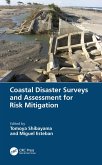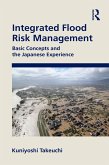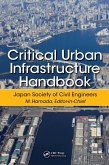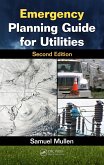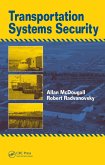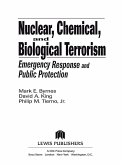Chapters cover underlying assumptions for analyzing fire spread behavior in large outdoor fires, namely, wind conditions near the ground surface and fundamentals of heat transfer; the physical mechanism of fire spread in and between combustibles, specifically focusing on fire plumes (both reacting and non-reacting) and firebrand dispersal; and the spatial modeling of 3D objects and developing the computational framework for predicting fire spread.
The book is ideal for engineers, researchers, and graduate students in fire safety as well as mechanical engineering, civil engineering, disaster management, safety engineering, and planning. Companion source codes are available online.
Dieser Download kann aus rechtlichen Gründen nur mit Rechnungsadresse in A, B, BG, CY, CZ, D, DK, EW, E, FIN, F, GR, HR, H, IRL, I, LT, L, LR, M, NL, PL, P, R, S, SLO, SK ausgeliefert werden.




